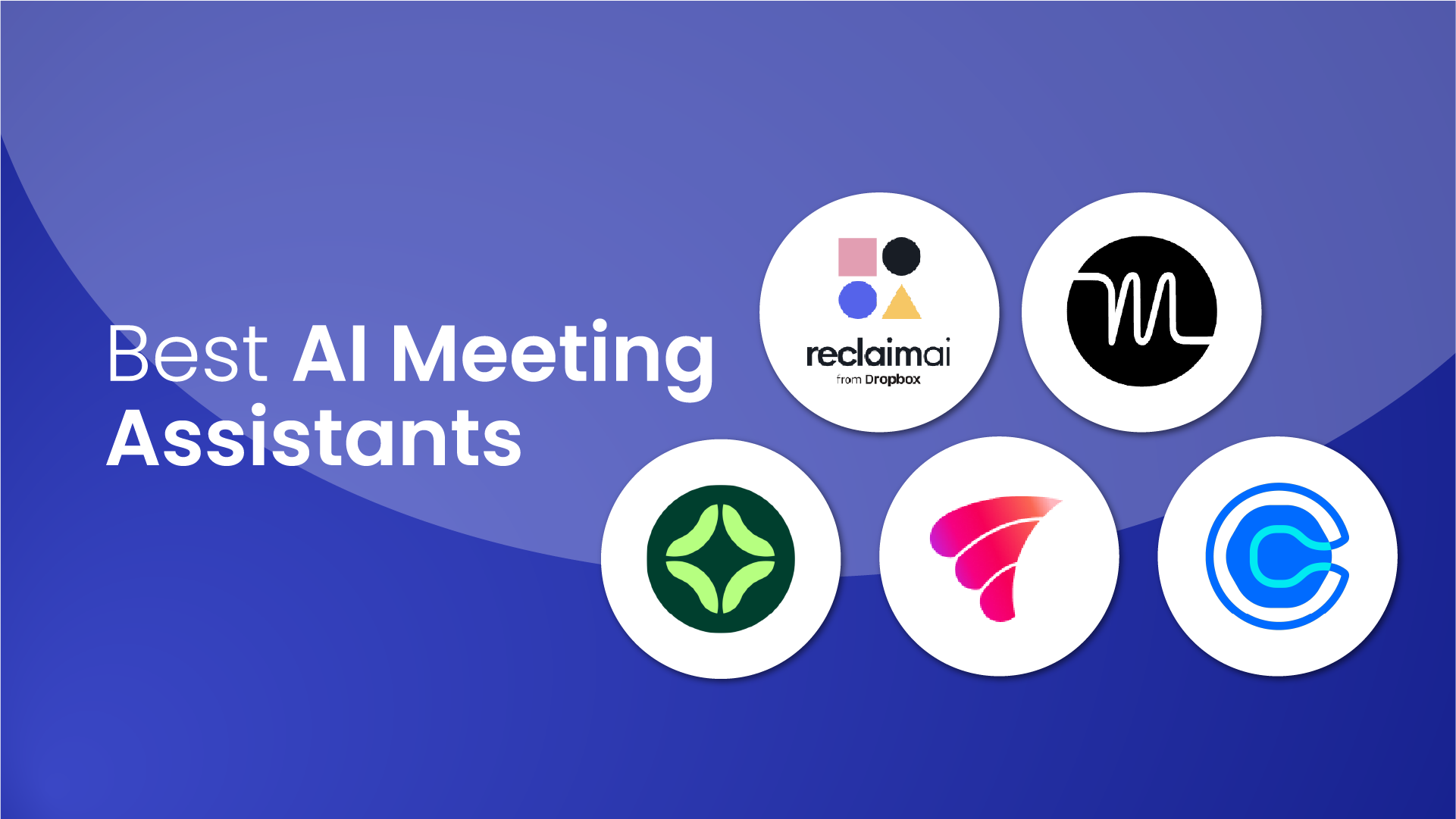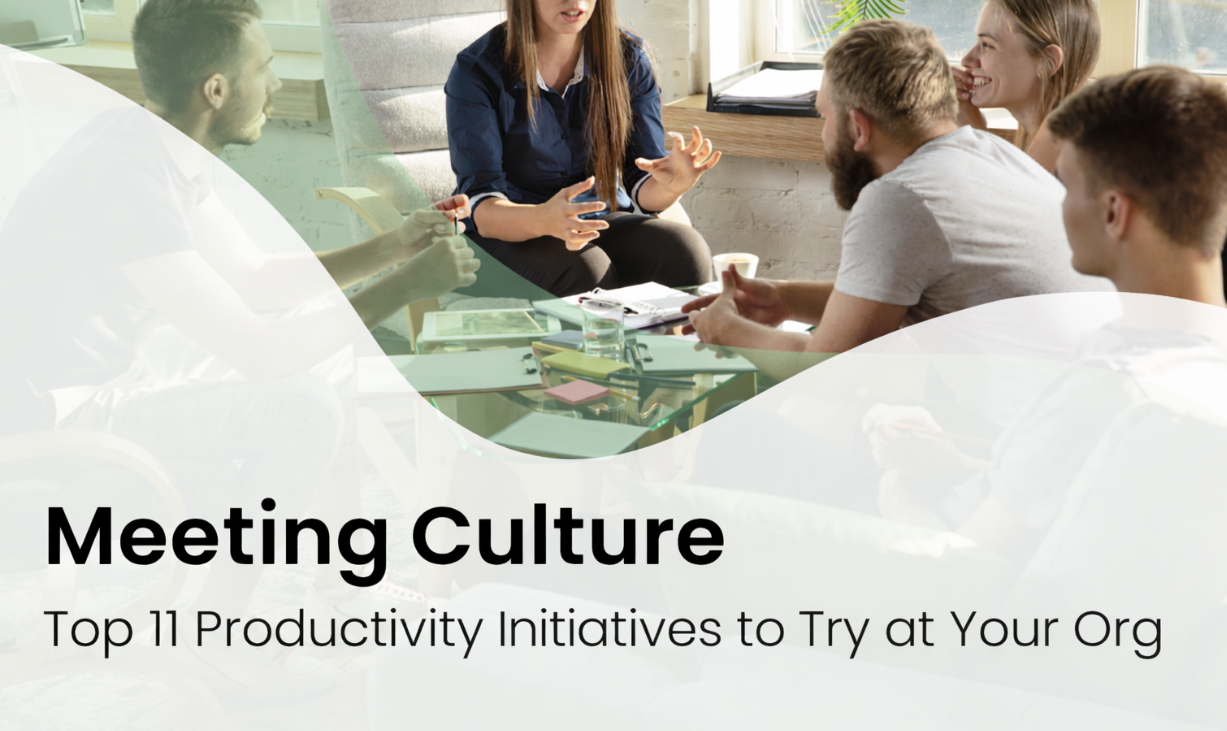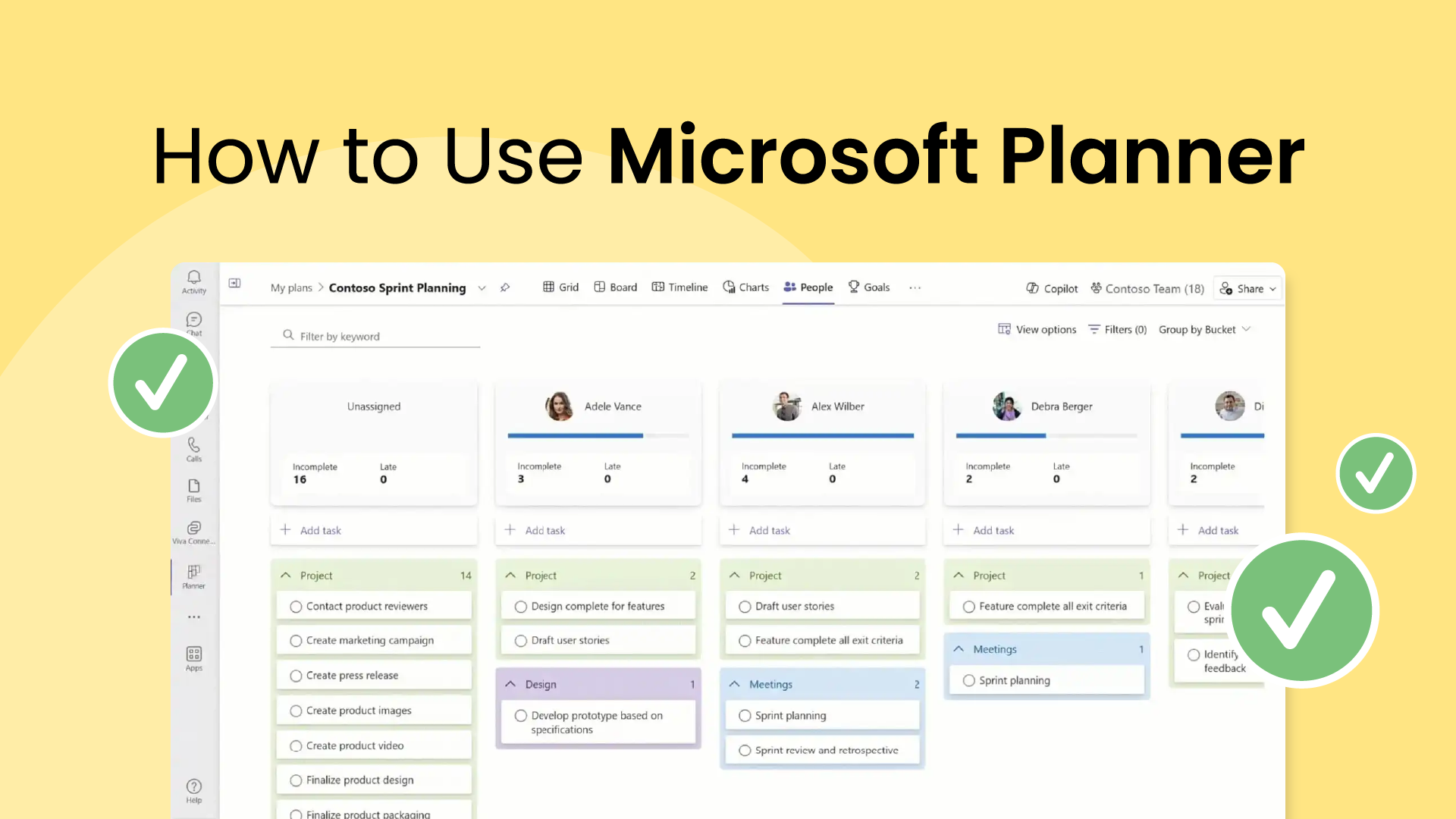Busy product teams are used to seeing plenty of meetings on their calendar, especially when you consider the average pro is attending a staggering 25.6 meetings a week (that’s 5.1 per day!). But when pointless meetings are costing the US $37 billion every year – how do organizations ensure that their meetings are actually productive and not wasting precious time better spent on independent task work?
While meetings have increased 69.7% across the board, teams are only completing 52.6% of weekly planned tasks on average according to managers. And the reality is that 70% of meetings actually end up pulling workers from more productive work.
Considering that meetings are already consuming over half the standard workweek – taking a closer look at the specific kinds of meetings on the product team’s calendar (and closely inspecting their value and effectiveness) is a great way to free up productive time for everyone involved. In this blog post we’re going to go through the top 6 types of external meetings on product teams’ work calendars, the unique purpose of each, and tips to get the most out of these meetings.
What are external meetings?
Internal meetings like team meetings, status meetings, 1:1 meetings, or brainstorming sessions, are held with attendees from within your organization and team. Unlike internal meetings, external meetings are with attendees outside of your organization like customers, job applicants, and independent service providers.
External meetings are used to create connections, build relationships, share updates, resolve issues, and gather feedback or data from customers, investors, partners, potential hires, or service providers for your organization.
Here are the most common types of external meetings you’ll find across product teams.
6 most popular types of external meetings for product teams
1. Customer meeting
These meetings are arranged to build relationships with key customers and users. Customer meetings are a great way to align product with customer needs, as you’re able to collect direct feedback on their experience, and if necessary, resolve any urgent issues that could be affecting the relationship.
Before the meeting, sales should work with the product manager to set the agenda and share relevant custom context that should be known before the meeting. Outside of sales and product management, executive leadership, design, and engineering may be present, in addition to the customer, at the meeting.
2. Roadmap review meeting
The “sell the future” meeting, roadmap reviews are used to share the product roadmap or new initiatives with key customers. These meetings are a great way to gather feedback and create customer confidence in the product direction at the company.
Bringing the customer in and asking for feedback also helps strengthen the relationship and rapport, as the customer knows their use case and experiences are heard and considered in new product developments. You’ll find the product manager, sales, and sometimes executive leadership present at these meetings with the customer.
3. Customer research meeting
Where the customer meeting is aimed to align, the customer research meeting is a deep dive into customers needs, use cases, and workflows. These meetings are used to gather customer details and data to support the product decisions and requirements that are in development.
Customer research meetings are best conducted using a consistent script or process so the feedback is comparable across customers and meetings. You’ll find the product manager, and often design and engineering leads, in these meetings with customers. Ideally, the salesperson is not present unless insisted by the customer.
4. Recruiting screen meeting
On the hiring side, recruiting screen meetings are informal 1:1 interviews to get to know a product team candidate before bringing in the whole team. Recruiting screens allow a hiring manager to better assess the talent pool and job requirements before narrowing down to the candidates you want to interview.
Depending on the role you’re trying to fill and the job market, you may screen quite a few candidates before you’re ready to start interviewing, and can use these discussions to round out the hiring criteria based on what you liked and disliked in responses.
5. Candidate interview meeting
Once a hiring manager gets through the recruiting screens, they will pass on the new product team candidates to move into the interview phase. A cross-functional panel is then assembled to gather feedback from interviewers and make a final decision on the candidate.
By putting in the hard work now to really get to know the candidates and determine who is right for your team, your efforts will pay off with new employees who are really passionate about the role and align with the values of the company. Candidate interview meetings are attended by the cross-functional panel assembled across product and often go-to-market (GTM), as well as HR, PeopleOps, and the actual candidate.
6. Service provider meeting
Your company might decide to outsource services from an external company or independent consultant. Service providers offer expert advice, skills, analysis, or services in a specific field (for example advertisement, HR, accounting, etc.) and are typically hired contractually on a per-project basis or for ongoing services at a fixed price. Service provider meetings include initial consultations to learn more about offered services and costs, regular briefs to present and provide feedback on deliverables, and performance reviews to address successes and blockers.
Preparedness on both the client team and the service provider’s parts help make the most of these meetings, and limiting attendees to directly involved individuals maximizes productive decision making. Depending on the provided service, relevant department leads and teams are in attendance, as well as the service provider. For higher risk projects, executive leadership might also be present.
Conclusion
External meetings are essential to the direction and growth of an organization, and should be a priority on the work calendar. But that also means making it a priority to ensure their effectiveness to both the organization, and external attendees.
Whether you’re meeting with customers to discuss product direction in a non-sales focused environment, recruiting and interviewing potential star players to bring onto the team, or meeting with a service provider to develop specific solutions to advance the company – intention and preparedness made all the difference.
How do you make the most of external meetings with your product team? Are there any tips you’d add from your experience? Tweet us at @reclaimai to be a part of the conversation!


















.png)















